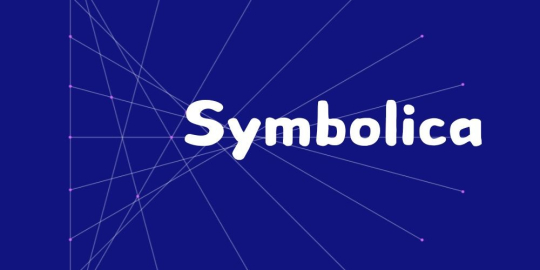
In the fast-paced realm of artificial intelligence, the race to scale compute resources is hitting a wall, sparking debates about the future of AI development. Enter Symbolica, a pioneering startup founded by George Morgan, an ex-Tesla engineer with a vision. Disenchanted by the unsustainable trajectory of traditional deep learning, Morgan’s venture is setting its sights on a relatively underexplored domain: symbolic artificial intelligence. This approach promises a significant pivot from the compute-intensive strategies dominating the sector, potentially reshaping how AI evolves.
At the heart of Symbolica's mission lies a profound critique of the current AI model — a system that hinges heavily on sheer computational power to process vast data lakes. This method, while powerful, harbors inefficiencies and diminishing returns as it scales, underlined by the spiraling costs and environmental impacts. Morgan’s insight into the limitations of prevailing techniques during his tenure at Tesla has propelled him towards exploring structured AI models. These models aim to encode data’s inherent structure, allowing for higher accuracy and reduced resource dependency, a departure from the brute-force approach of conventional neural networks.
Critically, Symbolica isn’t merely advancing a theoretical alternative; it’s forging practical tools and models pre-trained for specific tasks like code generation and mathematical theorem proving. This blend of ambition and pragmatism has attracted a substantial $33 million investment, signaling a strong market interest in Symbolica’s innovative approach. The funding underscores the potential of symbolic AI in offering more sustainable, efficient, and transparent AI systems, especially in domains demanding high accuracy and reasoning capabilities.
However, the path for Symbolica is not devoid of challenges. Symbolic AI, by nature, demands highly structured data, posing limitations in terms of versatility and scalability. Despite these hurdles, the drive towards amalgamating the descriptive power of symbolic AI with the learning agility of neural networks could represent a significant leap forward. This hybrid model could deliver more comprehensible, efficient, and adaptable AI systems, aligning with the growing demand for AI solutions that are not only powerful but also principled and sustainable.
Symbolica’s journey reflects a broader narrative within the AI community — a reassessment of the foundations upon which future AI advancements should be built. As the AI arms race accelerates, Symbolica’s venture into symbolic models embodies a bold assertion: the next frontier in AI will not be conquered through computational might alone but through innovative leaps that prioritize efficiency, accountability, and ecological sustainability. In navigating these uncharted waters, Symbolica is not just challenging established norms but is also lighting the way toward a more balanced and thoughtful AI future.